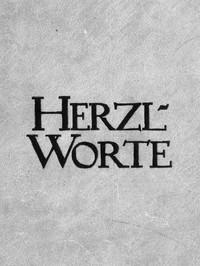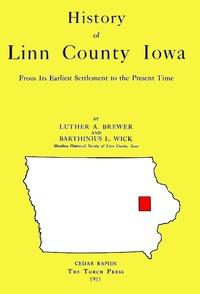Read this ebook for free! No credit card needed, absolutely nothing to pay.
Words: 82404 in 13 pages
This is an ebook sharing website. You can read the uploaded ebooks for free here. No credit cards needed, nothing to pay. If you want to own a digital copy of the ebook, or want to read offline with your favorite ebook-reader, then you can choose to buy and download the ebook.


: A Pilgrimage to Nejd the Cradle of the Arab Race. Vol. 2 [of 2] A Visit to the Court of the Arab Emir and our Persian Campaign. by Blunt Anne Lady Blunt Wilfrid Scawen Editor - Arabian Peninsula Description and travel; Iran Description and travel; Physica
Nejd horses--Their rarity--Ibn Saoud's stud--The stables at Ha?l--Some notes of individual mares--The points of a Nejd head--The tribes in the Nef?ds and their horses--Meaning of the term "Nejdi"--Recipe for training.
Ibn Rashid's stud is now the most celebrated in Arabia, and has taken the place in public estimation of that stud of Feysul ibn Saoud's which Mr. Palgrave saw sixteen years ago at Riad, and which he described in the picturesque paragraphs which have since been constantly quoted. The cause of this transference of supremacy from Aared to Jebel Shammar, lies in the political changes which have occurred since 1865, and which have taken the leadership of Central Arabia out of the hands of the Ibn Saouds and put it into those of the Emirs of Ha?l.
Mohammed ibn Rashid is now not only the most powerful of Bedouin sheykhs, but the richest prince in Arabia; and as such has better means than any other of acquiring the best horses of Nejd, nor have these been neglected by him.
The possession of thoroughbred mares is always among the Arabs a symbol of power; and with the loss of their supreme position in Nejd, the Ibn Saouds have lost their command of the market, and their stud has been allowed to dwindle. The quarrels of the two brothers, Abdallah and Saoud, sons of Feysul, on their father's death, their alternate victories and flights from the capital, and the ruin wrought on them both by the Turks, broke up an establishment which depended on wealth and security for its maintenance; and at the present moment, if common report speaks true, hardly a twentieth part of the old stud remains at Riad. The rest have passed into other hands.
The Nef?ds, on the other hand, contain pasture in abundance, not only for camels, but for sheep and horses, and it is in the Nef?ds that all these are bred. Ibn Rashid goes every spring with the bulk of his live stock to the desert, and leaves them during part of the summer with the tribes, only a few animals being reserved for use in the town. It cannot be too strongly insisted upon, that the upper plateaux of Nejd, where the towns and villages are found, are a stony wilderness almost entirely devoid of vegetation, while the Nef?ds afford an inexhaustible supply of pasture. The want of water alone limits the pastoral value of these, for the inhabited area is necessarily confined to a radius of twenty or thirty miles round each well,--and wells are rare. These facts have not, I think, been hitherto sufficiently known to be appreciated.
With regard to Ibn Rashid's collection at Ha?l we looked it over three or four times in the stables, and saw it out once on a gala day, when each animal was made to look its best. The stables consist of four open yards communicating with each other, in which the animals stand tethered each to a square manger of sun-dried brick. They are not sheltered in any way, but wear long heavy rugs fastened across the chest. They are chained by one or more feet to the ground, and wear no headstalls. It being winter time and they ungroomed, they were all in the roughest possible condition, and, as has been mentioned, our first impression was one of disappointment. When at Ha?l they are given no regular exercise, remaining it would seem for weeks together tied up thus, except for a few minutes in the evening, when they are led to drink. They are fed almost entirely on dry barley. In the spring only, for a few weeks, they eat green corn grown on purpose, and then are taken to the Nef?d or on ghaz?s. It is surprising that they should be able to do their work under such conditions.
Here may follow some descriptions of particular animals, written after one of our visits to the stud; these will give a better idea of them than any general remarks. In our notes I find:--
"1. A chestnut Keh?let el-Krush with three white feet , 14 hands, or 14?1, but very powerful. Her head is plainer than most here--it would be thought a good head in England--lean and rather narrow. She has too heavy a neck, but a very fine shoulder, a high wither, legs like steel, hind quarter decidedly coarse, much hair at the heels. More bone than breeding, one is inclined to say, seeing her at her manger, though moving, and with the Emir on her back, one must be very captious not to admire. She is Mohammed's favourite charger, and of the best blood in Nejd. Ibn Rashid got this strain from Ibn Saoud's stables at Riad, but it came originally from the Muteyr."
"2. A bay Hamdanieh Simri, also from Ibn Saoud's collection, a pretty head, but no other distinction. N.B. This mare is of the same strain as our own mare Sherifa, but inferior to her."
"3. A grey Seglawieh Sheyfi, extremely plain at first sight, with very drooping quarters, and a head in no way remarkable, but with a fine shoulder. This Seglawieh Sheyfi has a great reputation here, and is of special interest as being the last of her race, the only descendant of the famous mare bought by Abbas Pasha, who sent a bullock cart from Egypt all the way to Nejd to fetch her, for she was old, and unable to travel on foot. The story is well known here, and was told to us exactly as we heard it in the north, with the addition that this mare of Ibn Rashid's is the only representative of the strain left in Arabia."
"4. A dark bay Keh?let Ajuz, quite 14?2, one white foot, really splendid in every point, shoulder quarter and all; the handsomest head and largest eye of any here. She has ideal action, head and tail carried to perfection, and recalls Beteyen ibn Mershid's mare, but her head is finer. She belongs to Ham?d, who is very proud of her, and tells us she came from the Jerba Shammar. It surprises us to find here a mare from Mesopotamia; but we are told that interchange of horses between the southern and northern Shammar is by no means rare."
"5. A dark brown Keh?let Ajuz, no white except an inch in breadth just above one hoof, lovely head and thoroughbred appearance, and for style of galloping perhaps the best here, although less powerful than the Emir's chestnut and Ham?d's bay. It is hard to choose among the three."
Free books android app tbrJar TBR JAR Read Free books online gutenberg
More posts by @FreeBooks
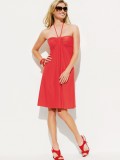
: I funghi mangerecci e velenosi dell'Europa media con speciale riguardo a quelli che crescono nel Trentino - II edizione riveduta ed aumentata by Bresadola Giacomo - Mushrooms Italy Identification; Fungi Pictorial works IT Botanica
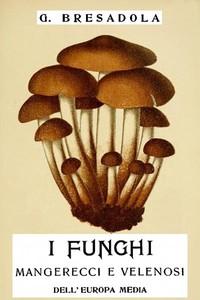

: With the King at Oxford: A Tale of the Great Rebellion by Church Alfred John - Great Britain History Civil War 1642-1649 Fiction
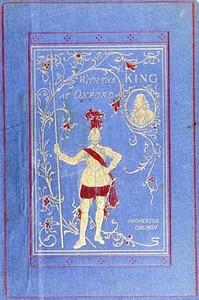

: Herzl-Worte by Herzl Theodor Theilhaber Felix A Felix Aaron Editor - Zionism; Jews; Jewish question
